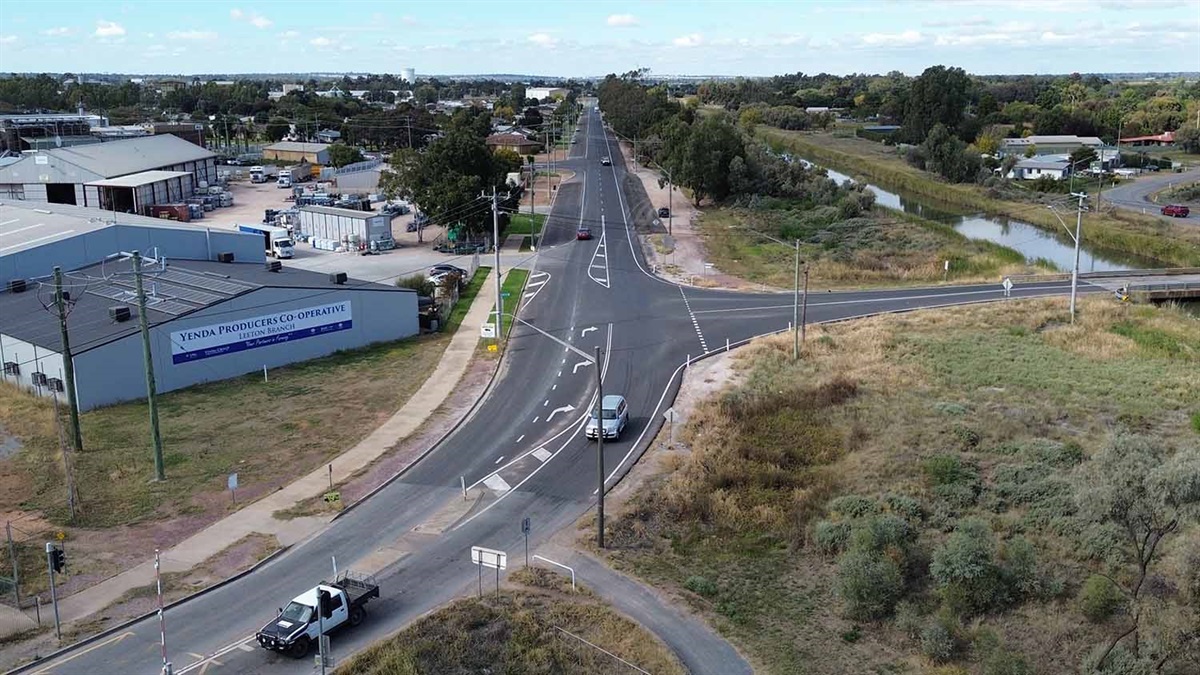
The Super Guarantee (SG) is the contribution made to your super by your employer and is currently set at 9.5% for most Australians. It’s paid into your nominated super account either monthly or quarterly, depending on your employer’s payment cycle.
When it was first introduced in 1992, it was intended that the SG would gradually increase over time. On 1 July 2021 it’s scheduled to increase to 10%.
That change is under a cloud, as the Federal Government is yet to confirm it, and there’s been plenty of debate about the merits of an increase in the current economic climate.
Here’s what we know so far.
Will the Super Guarantee increase on 1 July 2021?
Federal Treasurer Josh Frydenberg has said that a final decision on the SG increase will be made in the May 2021 budget.
So far, the Government has been tight lipped about their intentions. But their Retirement Income Review, released in 2020, questioned the benefits of an increase. That’s based on three key findings:
- Any increase in SG will come at the expenses of more immediate pay rises
- That home equity is an under-utilised element of people’s retirement income
- That there are more efficient ways to boost super savings without additional contributions.
The Super Guarantee, wage growth, and the economy
The underlying factor here is the sluggish COVID-19 economy. Some politicians and industry groups feel that any increase in SG may put additional stress on struggling businesses, and that we should instead focus on getting money in peoples’ pockets for more immediate needs.
According to Mike Callaghan, who chaired the Retirement Income Review, “All of the evidence suggests that increases in the SG do come at the expense of future wages growth.”
This has been dismissed by Paul Keating and the opposition, who have noted that, “wages have been almost stagnant anyway during the six-year SG freeze, and that this has been exacerbated by workers also missing out on thousands of dollars in missed boosts to employer super contributions during that time.”
Funding your own retirement with the Super Guarantee
When it was launched in 1992 by the Keating Government, the Super Guarantee was designed to serve two purposes:
- Provide Australians with an income in retirement
- Ease pressure on the Federal Government’s Age Pension obligations.
The original contribution rate in 1992 was just 3%, but it was always intended that this would rise to 12% by 2025.
The problem is we’re already lagging behind the original schedule. The SG has remained frozen at 9.5% since 2014 after successive Labor and Coalition Governments pushed back the original timelines for reaching 12%.
| Financial Year | Super Guarantee Rate |
|---|---|
| 1 July 2002 – 30 June 2013 | 9% |
| 1 July 2013 – 30 June 2014 | 9.25% |
| 1 July 2014 – 30 June 2021 | 9.5% |
| 1 July 2021 – 30 June 2022 | 10% |
| 1 July 2022 – 30 June 2023 | 10.5% |
| 1 July 2023 – 30 June 2024 | 11% |
| 1 July 2024 – 30 June 2025 | 11.5% |
| 1 July 2025 – 30 June 2026 and onwards | 12% |
Source: Canstar
This delay has had a knock-on-effect. According to 2017-18 data from the Australian Bureau of Statistics, the median super balance for people approaching retirement (aged 55-64) was $118,600 for women and $183,000 for men.
That falls short of the ASFA retirement standard, which sets out how much people should have in super for a comfortable retirement.
Raising the SG is intended to help close that gap, and make sure Australians are able to fund a comfortable retirement.
Short term income vs long term benefits
When it comes to superannuation, the conversation tends to hinge on one key question – what are we willing to sacrifice in the short term for future benefits.
The two sides of the divide tend to frame this as an immediate wage boost vs a larger superannuation nest egg. But a combination of wage stagnation and COVID related economic slump has shown it’s not that simple.
As the Retirement Income Review states, “A rate of compulsory superannuation that would result in people having an increase in their living standards in retirement may involve an unacceptable reduction in living standards prior to retirement, particularly for lower-income earners”.
We’ll find out which way the Federal Government has decided to go in the coming weeks.
Meanwhile, a financial planner can help you better understand your options and recommend the best way to structure your finances. Catholic Super members can speak to one of our financial planners at no additional charge for the initial appointment.





